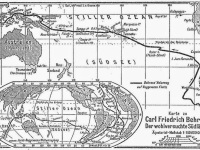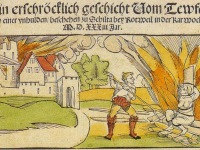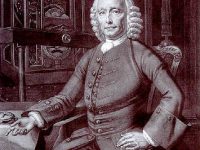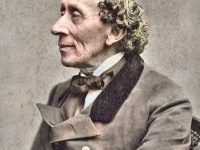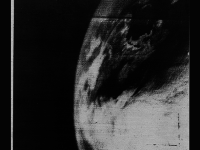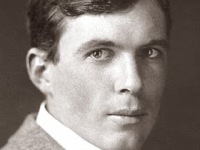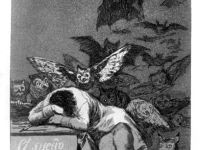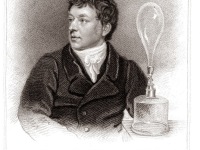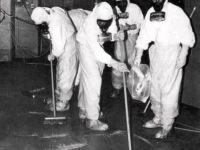Jacob Roggeveen and the Easter Island
On April 5, 1722, Dutch seafarer Jacob Roggeveen is the first European to discover the Polynesian island Rapa Nui, which he named Easter Island. Arent Roggeveen Arent Roggeveen was an accomplished scholar and teacher in mathematics, astronomy, and navigational theory. He managed to obtain a charter from the States-General of the United Netherlands in order to head towards the South Sea in 1675. However, he found no shareholders among the conservative Dutch merchants,…
Read more

